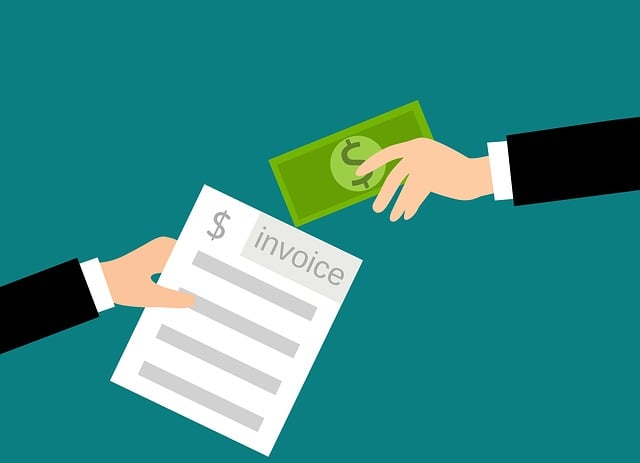What is Zero Based Budgeting?
It is budgeting in which you allocate every dollar of your income. After you’ve accounted for all your expenses, including savings, and spending, you should have no money left at the end of the month.
Important Takeaways

• A zero-based budget is one in which your income minus your expenses equals zero, leaving you with no money to spend at the end of the month.
•Every dollar you earn is allocated to a certain expense.
•With a zero-based budget, you’ll know exactly how your money is spent and will be able to prioritize your specific financial goals.
Zero-Based Budgeting Definition and Examples
Zero-based budgeting, also known as zero-sum budgeting, and is when your income less your expenses equals zero. It motivates you to direct the money you receive each month toward costs, debt repayment, and financial objectives. You’ll know exactly where all of your money goes on a monthly basis if you use this technique.
For example, suppose you earn $3,000 every month. A zero-based budget would assign all of that money to bills, savings, and spending, leaving you with $0 at the end of the month.
• Another name for zero-sum budgeting
What is a Zero-Based Budget?
To begin, you must understand how much take-home money you receive each month. Following that, you must determine your overall monthly expenses. Then, designate every dollar and penny to paying those bills, including any money you wish to save and any money you want to spend on pleasures such as shopping or dining out.
For example, suppose you earn $5,000 per month from your job. You may contribute $2,000 toward living expenditures like rent and electricity, and $1,000 toward student loans and credit card debt.
You then set aside $1,500 for savings in order to develop an emergency fund and eventually buy a house. The remaining $500 can be spent on eating out, shopping, gas, travel, or whatever else you choose and can afford.
$5,000 is the starting monthly budget.
$2,000 in living expenditures
$1,000 in student loans and credit card debt
Savings $1,500
Wants (shopping, dining out, vacation, etc) (shopping, dining out, travel, etc.)
$500
$0 monthly budget at the end
In this case, your $5,000 revenue less your $5,000 costs equals $0.
If you have a zero-based budget, if you underspend in one category, you should reallocate that money to another. On the contrary, if you overspend in one category, you’ll have to find money in another to compensate.
The Benefits and Drawbacks of Zero-Based Budgeting
Pros:

• Provides awareness
• Prevents overspending
• Prioritizes financial objectives
Cons:
• Time-consuming to design • Difficult with erratic income
• Does not always account for variable costs.
Explained Advantages
• Provides visibility: A zero-based budget makes it simple to identify where your money goes each month. If you follow this technique, you will notice that you spent X on expenses, X on debt, X on savings, and X on wants.
• Prevents overspending: If you have a tendency to overspend, a zero-based budget may be beneficial. Because it was already spent on another element of your budget, you may be less likely to spend money you don’t have.
• Prioritizes financial goals: To fulfill your specific financial goals, you can construct a zero-based budget.
Explained Cons
• Time-consuming to create: Creating a zero-based budget can take some time. You’ll need to figure out your monthly take-home pay, select how you want to spend it, and allocate each dollar to a specific category.
• It may be challenging with erratic income: If you’re self-employed, a freelancer or sole proprietor, or work on commission, your monthly income is likely to change. Because your income is irregular, it might be difficult to design and stick to a zero-based budget. You may be able to utilize your previous month’s revenue to determine how much money you need to set aside this month.
• Doesn’t always take fluctuating expenses into account: Unexpected or irregular expenses are unavoidable from month to month. A zero-based budget may not help you account for or prepare for them unless you have a designated category for them.
Note
You can set up a separate account for unforeseen expenses such as auto maintenance, vet bills, gas, or gifts.
Making Your Own Zero-Based Budget
If you want to make your own zero-based budget, simply follow these steps:
Calculate Your Net Income
Add your paycheck amount to any additional monthly revenue streams. This will show you how much money you have available each month.
Note
You’re calculating your take-home pay. This is often referred to as your net income.
Keep Track of Your Spending
For a few months, keep track of your spending with credit card bills and receipts. This can help you identify places where you may minimize costs as well as locations where you should invest more.
Organize Your Expenses

Make a list of your spending and priorities. Include all you require and desire. Rent, utilities, and health insurance are examples of needs, whereas wants include a gym membership, takeout meals, and entertainment. Create a “home fund” category if you want to save to purchase a house. Do you want to pay off your credit card debt? Make a credit card debt category.
Note
To build and track your zero-based budget, you can use budgeting programs like Mint or You Need a Budget (YNAB), a spreadsheet, or a notepad.
Zero-Based Budgeting Alternatives
If you’re not sure whether zero-based budgeting is right for you, explore the following budget alternatives:
• Cash-only: As the name says, you can only pay for your wants and requirements with cash. This includes no debit or credit cards, payment apps like Venmo, or checks.
• The envelope method: You’ll utilize envelopes to assign money to different categories, similar to a cash-only budget and a zero-based budget. When the envelopes are empty, your monthly expenditure is complete.
• 50/30/20 budget: This budget allocates 50% of your take-home salary to needs, 30% to wants, and 20% to savings or financial goals.
• 80/20: This budget, like the 50/30/20, assigns 20% of your budget to savings and 80% to spending.
